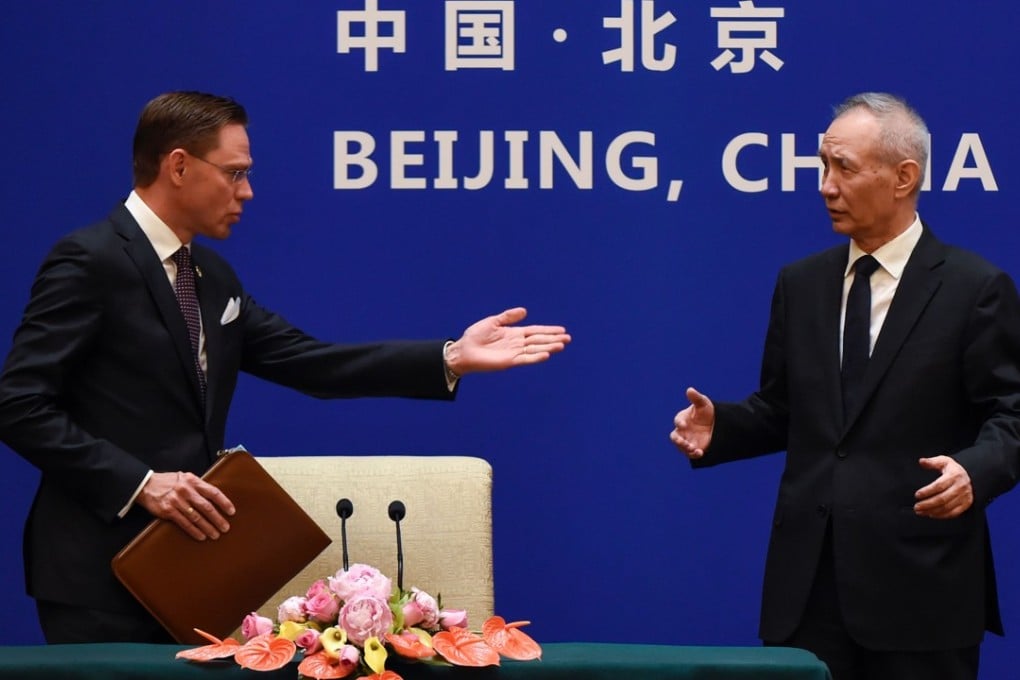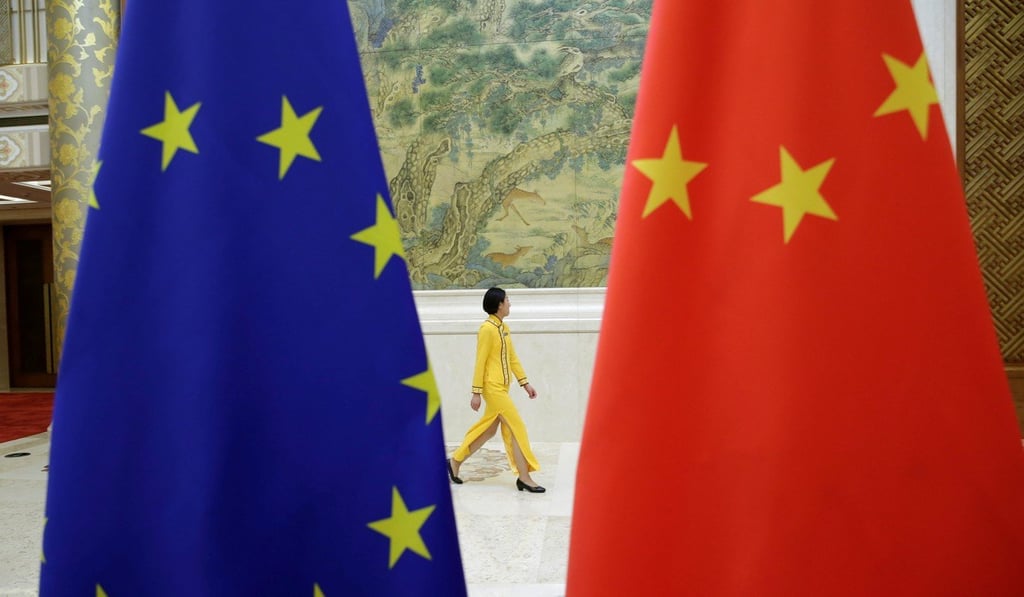China, EU plan working group to revamp WTO and counter US unilateralism
Two sides agree to oppose protectionism during high-level economic talks but Beijing’s industrial policies and market access remain sticking points

China and the European Union will set up a working group to revamp the World Trade Organisation to counter US unilateralism, but the two sides remain divided on thorny issues such as Beijing’s industrial policies and market access.
European Commission Vice-President Jyrki Katainen made the remarks at a news briefing following high-level economic talks with Chinese Vice-Premier Liu He in Beijing on Monday, as both economies face escalating trade tensions with Washington.
“Even though one cannot accept unilateral action, which is in violation of the principles and rules of the WTO, once the US is doing so [engaging in unilateralism], it tells us we have to update the WTO to be better suited for the existing environment,” Katainen said.

He added that the EU shared Washington’s concerns about industrial subsidies and mandatory technology transfers in China, and that those issues would be part of the working group.
Katainen said the EU sought to solve such conflicts at the WTO, and that “it is the only way to address possible disputes”, adding that it did not side with any party or country involved in trade frictions.